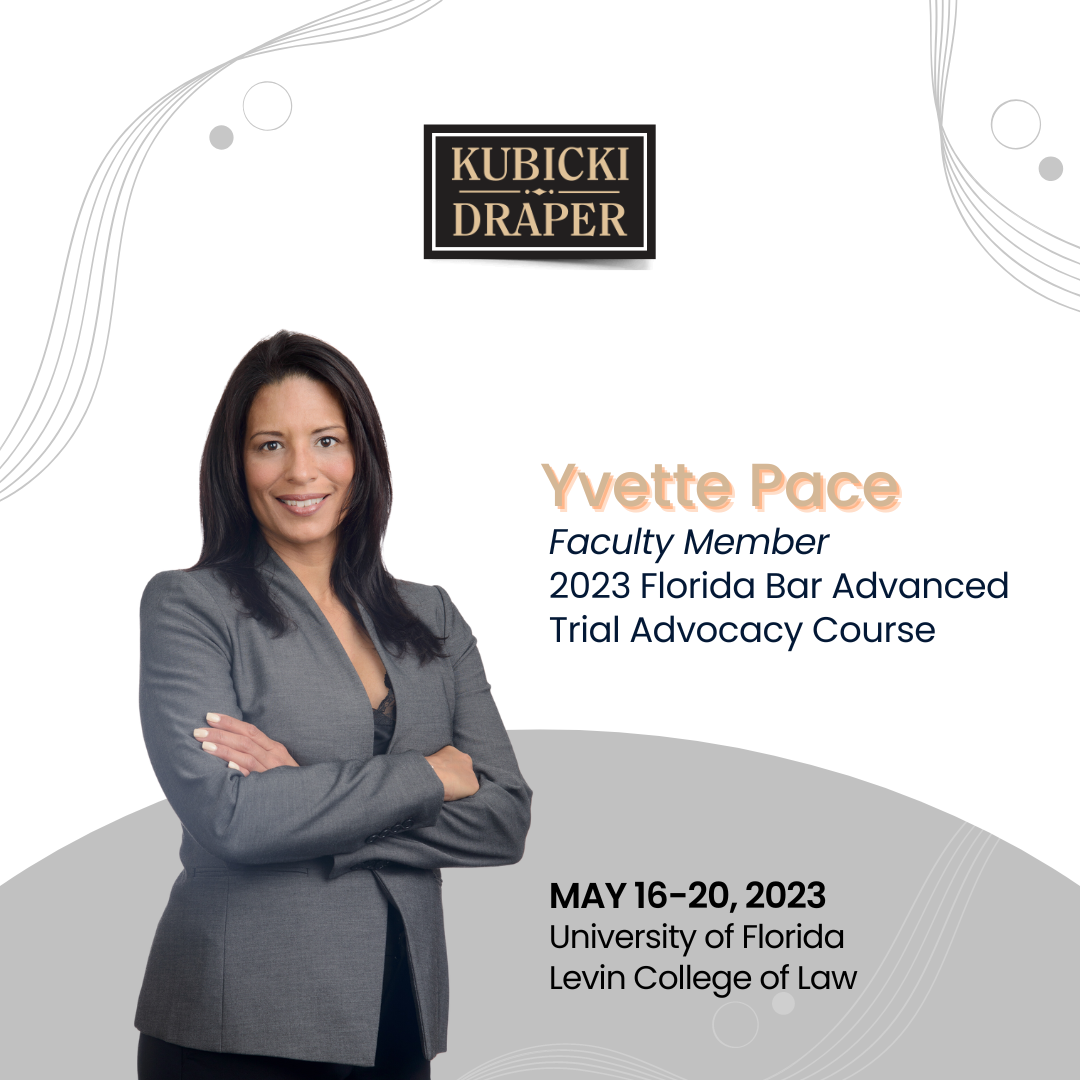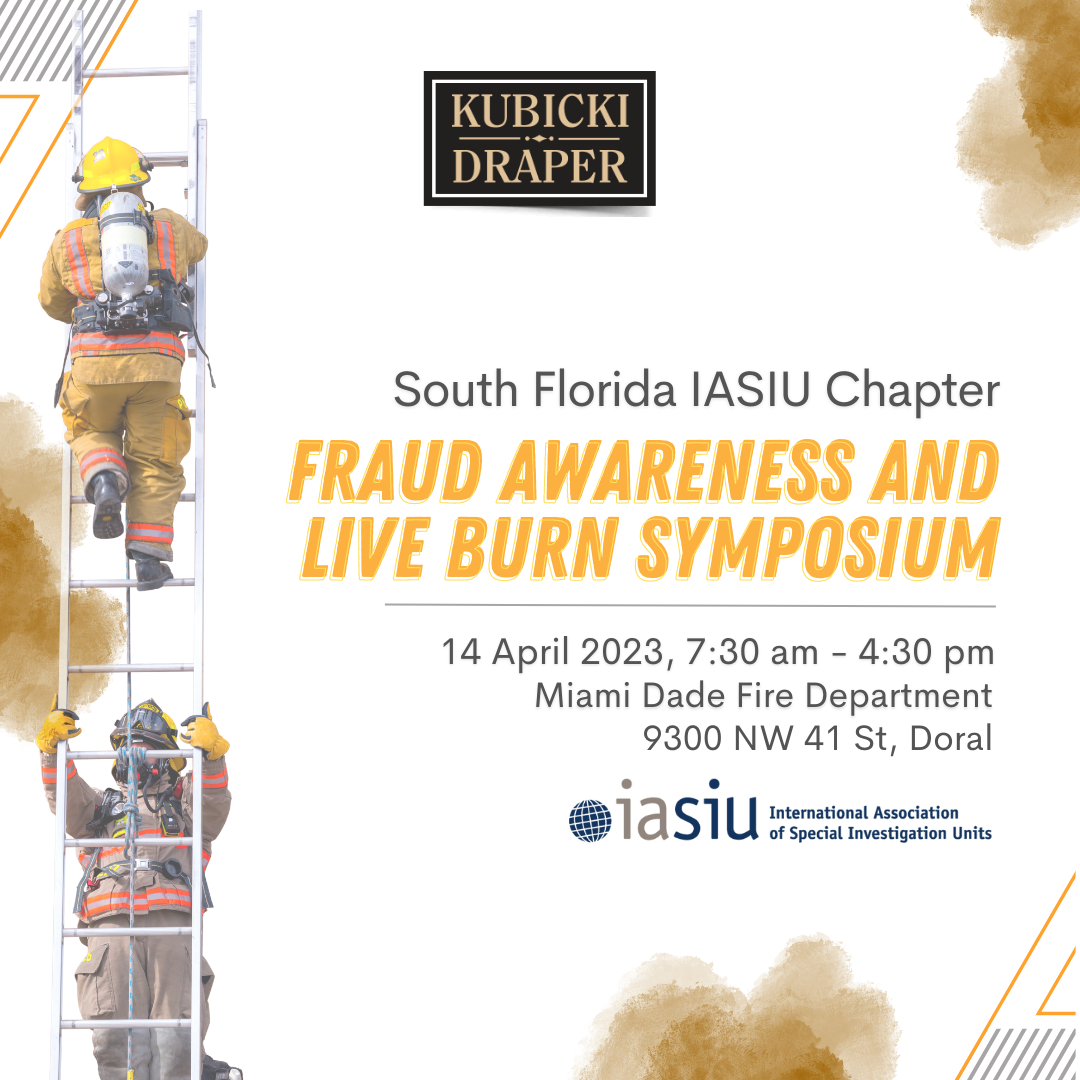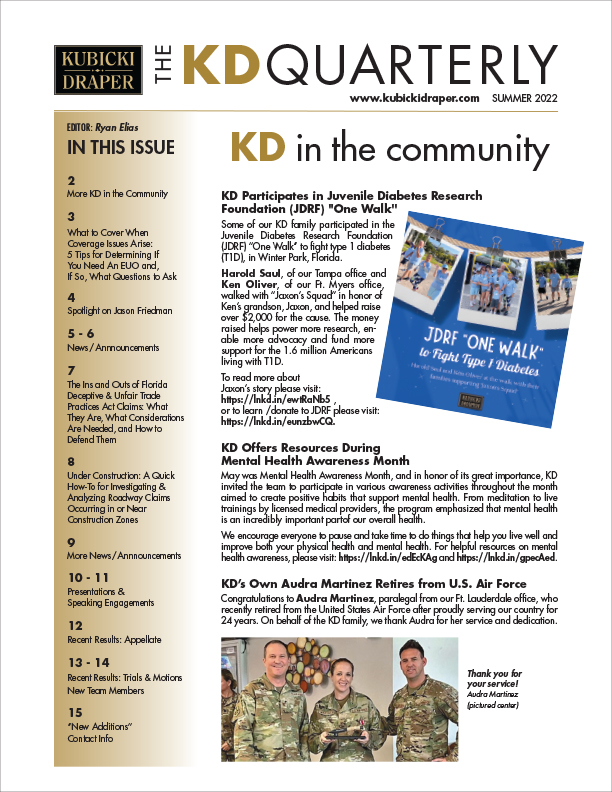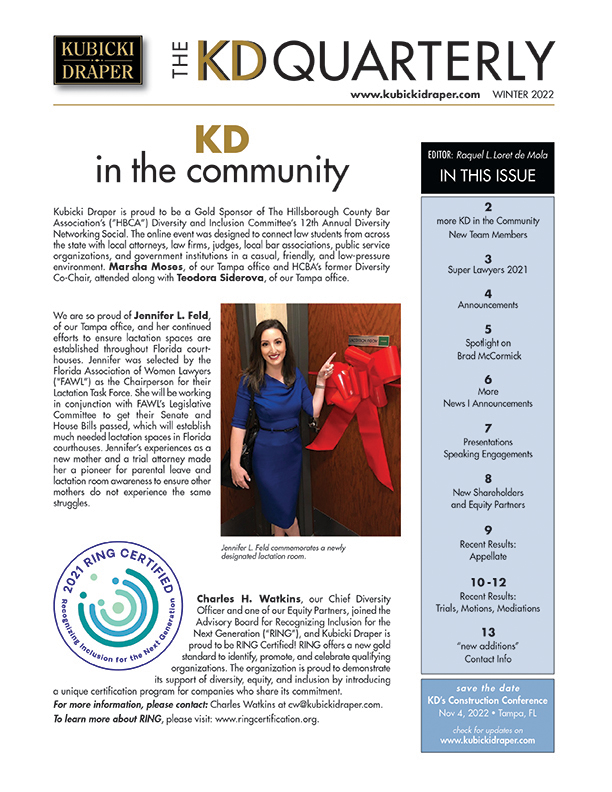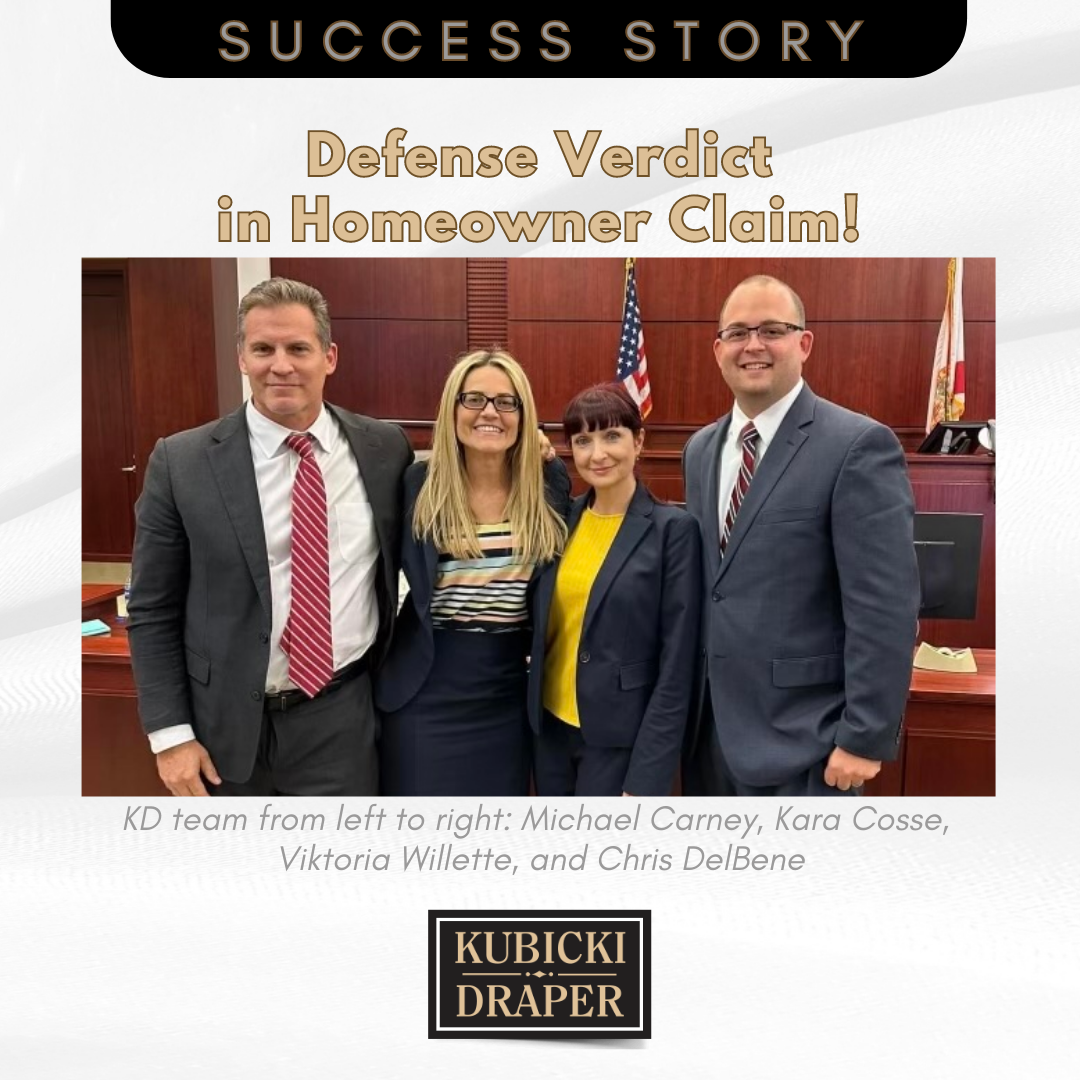One of my favorite new commercials is the Discover Card commercial where the customer wants "frog" protection and the company representative is discussing "fraud" protection.? At the end of the commercial, both the customer and the company representative are convinced they are "on the same page."? They clearly are not.? Certainly with insurance policies, being "on the same page" is extremely important.? Policy analysis is vital in any loss and case.? It should be done first at the claim level to avoid unnecessary litigation costs.? The focus should be on reading the policy and court interpretations of policy language, keeping in mind the appropriate burdens, in order to be on the same page.
Insurance policy interpretation is generally a question of law.? Where the determination of the issues of a lawsuit depends upon the construction of a written instrument and the legal effect to be drawn from, the issue is ordinarily one to be determined by the Court. Volusia County v. Aberdeen at Ormand Beach, 760 So. 2d 126, 131 (Fla. 2000). In interpreting insurance contracts, the Court must follow the generally accepted rules of construction, meaning that insurance contracts are construed according to their plain meaning, with any ambiguities construed against the insurer and in favor of coverage.? Swire Pacific Holdings, Inc. v. Zurich Ins. Co., 845 So. 2d 161, 165 (Fla. 2003). The Court’s task is simply to apply the plain meaning of the words and phrases used to the facts before it.
When the Court is analyzing an insurance contract, it is necessary to examine the contract as a whole, and to avoid simply concentrating on certain limited provisions to the exclusion of the totality of others. The purpose of the type of insurance obtained can also be taken into consideration. Ambiguous coverage provisions are construed strictly against the insurer that drafted the policy and liberally in favor of the insured. Ambiguous exclusionary clauses are construed even more strictly against the insurer than coverage clauses---thus, the insurer is held responsible for clearly setting forth what damages are excluded from coverage under the terms of the policy.
How is plain meaning determined, and what is ambiguous? If the relevant policy language is susceptible to more than one reasonable interpretation, one providing coverage and the other limiting coverage, the insurance policy is considered ambiguous. Id. at 165. Plain meaning refers to the principle that insurance contracts must be read in light of the skill and experience of ordinary people and given their everyday meaning as understood by the man on the street, not insurance professionals.
When interpreting insurance policies, Courts may consult references commonly relied upon to supply such accepted meanings of words. Courts will look at both legal and non-legal dictionaries. In the absence of ambiguity, the words and phrases utilized in an insurance policy are to be given their plain or everyday meaning.
A lack of definition of an operative term in a policy does not necessarily render the term ambiguous and in need of interpretation. When the insurer has not defined a term in a policy, the common definition of the term should prevail. Libel v. Nationwide Ins. Co. of Florida, 22 So. 3d 111, 115 (Fla. 4th DCA 2009).
It is helpful to look at some examples of Court decisions interpreting policies, defining terms, and ambiguity. In Swire Pacific Holdings, Inc. v. Zurich Insurance Co., 845 So. 2d 161 (Fla. 2003), the Florida Supreme Court addressed the meaning of "physical loss or damage" and "ensuing loss" within a design defect exclusionary clause with an ensuing loss exception. There, the insured builder/owner of a new condominium expended money to alter building plans and for construction to bring a building into compliance with government building codes. The insured then submitted a claim to its insurer to recover the money. The design defect provision of the insurance policy excluded loss of damage caused by fault, defect, error or omission in design plan or specification.? However, the exclusion did not apply to "physical loss or damage" resulting from such fault, defect, error or omission in design plan or specification. The insurer denied coverage on the ground that the insured’s claim dealt with the cost of correcting a design defect and not any physical loss or damage resulting from the defect. The Florida Supreme Court agreed with the insurer’s interpretation of the policy, holding, "the only reasonable definition for the term ‘physical loss or damage’ as used in the ensuing loss provision of the clause is damage that occurs subsequent to, and as a result of, a design defect." Id. at 166. (emphasis in original)
Explaining its interpretation, the Court further held, "the first prong of the exclusionary clause precludes recovery when the loss is caused directly by the design defect. The issue therefore becomes . . . whether Swire repaired a physical loss resulting from the design defect so as to escape the exclusionary clause and have reimbursement under the policy . . . Swire’s sole claim here is an attempt to recover the expenses incurred in repairing a design defect. No ensuing loss resulted to invoke the exception to the exclusionary provision . . . No loss separate from, or as a result of, the design defect occurred. Therefore, we conclude that . . . Swire is not entitled to recover the expenses associated with repairing the design defect. To hold otherwise would be to allow the ensuing loss provision to completely eviscerate and consume the design defect exclusion." Id. at 166-68. (emphasis in original)
In Fisher v. Certain Interested Underwriters at Lloyds Subscribing to Contract No. 242/99, 930 So. 2d 756 (Fla. 4th DCA 2006), the court addressed the meaning of "direct physical loss." This case is an example of when the language used was clear, but purpose of the insurance policy appeared to drive the Court’s ultimate determination in interpreting the meaning. The homeowners returned home after a month-long vacation to discover that a water pipe had leaked under the foundation. They discovered that personal property had sustained mold damage. The insurer denied coverage for damage to personal property that did not have direct contact with the discharge of water.
The personal property coverage of the homeowner's policy was "named peril" coverage. The insuring language of the section provided: "We insure for direct physical loss to the property described in Coverage C caused by a peril listed below unless the loss is excluded in SECTION I - EXCLUSIONS. Id. at 758. (emphasis in original) One of the named perils listed included the following: "12. Accidental discharge or overflow of water or steam from within a plumbing, heating, air conditioning or automatic fire protective sprinkler system or from within a household appliance." Id. at 758. The exclusions referred to in Section I did not apply.
The Fourth District Court of Appeal ruled in favor of the insureds, finding the mold damage was a "direct physical loss" caused by a named peril within the meaning of the policy, entitling homeowners to coverage. "In this case, no one disputes that the mold resulted from the discharge of water-a named peril. The question is whether the damage was "direct" or consequential. We hold that the mold damage in this case was a "direct" consequence of a named peril. The discharge of water set into motion a sequence of events proximately resulting in mold damage to the homeowner's personal property . . . It makes little sense to construe the policy so narrowly that the consequential mold damage from the discharge of water is not covered. To do so would require us to turn a blind eye to what common sense dictates." Id. at 759.
In Libel v. Nationwide Ins. Co. of Florida, 22 So. 3d 111 (Fla. 4th DCA 2009), the court’s interpretation of the policy exhibits the importance of reading the policy as a whole, in combination with the principles behind an "all-risk" policy. In this case, a ruptured water line beneath the insured’s home caused soil beneath the home to erode, which in turn caused the foundation to settle, which in turn caused the floor of every room in the home to become separated from the walls of the home. The policy specifically excluded loss caused by earth movement due to natural or unnatural causes. In a separate section, the policy discussed additional causes of loss excluded from coverage. These losses included loss to property resulting directly from continuous or repeated seepage or leakage of water over a period of time from a plumbing system that results in deterioration, rust, mold, or wet or dry rot, as well as loss resulting directly from wear and tear, marring, or deterioration. However, after each of these exclusions the policy states that if the loss caused by the water is not otherwise excluded, the policy covers the cost of tearing out and replacing any part of the building necessary to repair or replace the system or appliance, though the system or appliance from which the water or steam escaped is not covered. Id. at 113-14. The policy further stated that under exclusions, any loss that follows is covered unless it is specifically excluded. Id. at 113-14.?
The trial court determined that the provision of the policy that covered the cost of tearing out and replacing any part of the building necessary to repair the system or appliance did not cover the cost of repairing the rupture water line because the loss was "otherwise excluded" by the earth movement exclusion. On appeal, the insureds argued that if the cost of repairs does not fall within the provisions plain meaning, than an ambiguity exists in the policy, because after the policy states it does not cover a loss that is "otherwise excluded," it goes on to state that the cost of tearing out and replacing any part of the building necessary to repair the system or appliance is covered.
The Fourth District Court of Appeal found that the cost of tearing out and replacing any part of a house necessary to repair the ruptured water line was covered under the policy because the policy language is ambiguous. "In the instant case, the trial court erred by not holding that the Policy covered the cost of repairing the plumbing system. This is because the Policy, by providing that it does not cover damage caused by water from a plumbing system that is otherwise excluded, but then stating that it covers the cost of repairing a system that caused water damage, has created an ambiguity, as two or more reasonable interpretations of these two intersecting provisions are feasible . . . In following the principle that ambiguities in insurance contracts favor the insured and are strictly construed against the insurer, we hold that the cost of repairing the water line was covered by the Policy and reverse the trial court's order to the extent that it held to the contrary." Id. at 117. The court further held that such an interpretation is in accord with the principle that an all-risk policy will cover a loss falling within its coverage unless that loss is specifically excluded. Id. at 117.
Keep in mind that in considering the aforementioned cases, it is important to remember that each policy is different, contains different language, and has different endorsements and limitations. How the above cases apply to other situations depends on facts, circumstances, and applicable policy language.
Additionally, evaluating a claim and ultimately whether to pay the claim should not only include a thorough reading of the policy, but also some thought as to the applicable burdens of proof.? A person seeking to recover on an insurance policy has the burden of proving a loss from causes within the terms of the policy. East Florida Hauling, Inc. v. Lexington Inc. Co., 913 So. 2d 673, 678 (Fla. 3d DCA 2005). In an action on an insurance policy, the plaintiff must establish a prima facie case bringing him within the terms of the contract. U.S. Liability Ins. Co. v. Bove, 347 So. 2d 678, 680 (Fla. 3d DCA 1977). In fact, as a condition precedent to any recovery against the insurer, claimant would have to prove that her claim against insured was within coverage of policy.? Gilman v. U.S. Fidelity and Guar. Co., 517 So. 2d 97, 98 (Fla. 1st DCA 1987).? The insured likewise has the burden of proving that the loss occurred within the policy period, as well as the burden of establishing amount of his loss up to face amount of policy.? The bottom line is the burden is on the insured to prove that the insurance policy covers a claim against it.
However, once a person seeking to recover on an insurance policy establishes a loss from causes within terms of policy, the burden is then on the insurer to establish that loss arose from a cause that is excepted from policy. Bove, 347 So. 2d at 680. This is extremely important to consider in evaluating a claim, because the question is not one of whether the loss is one insured against, but rather an exclusion to such a loss. Further, if evidence raises a question as to whether the entire claim is beyond coverage of policy, the burden is upon the insurer to show that there is no coverage. The burden comes back around to the insured to prove an exception to an exclusion contained within the insurance policy. Florida Windstorm Underwriting v. Gajwani, 934 So. 2d 501, 506 (Fla. 3d DCA 2005). But with liberal construction of a policy in favor of the insured when there is an ambiguity, and the burden to prove excluding coverage, a careful reading, application to the facts, and consideration of the burdens of proof, can save valuable time and money.

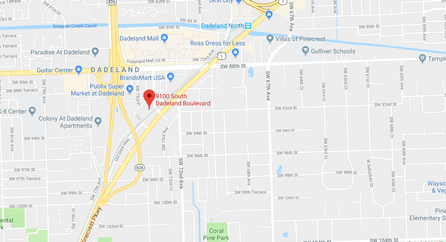
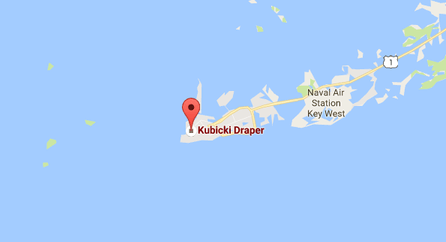
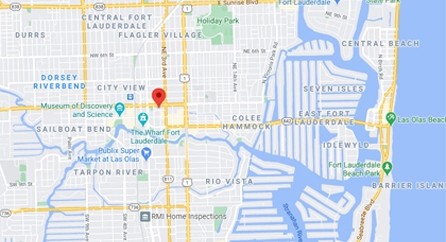
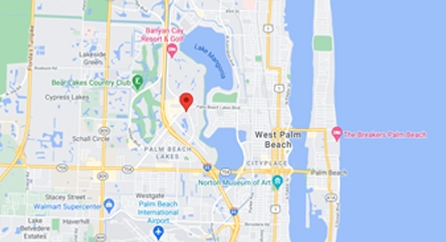
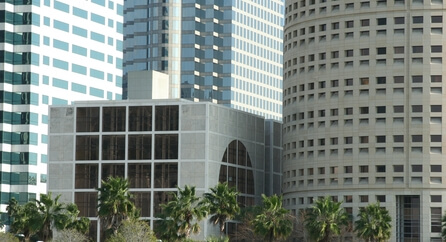
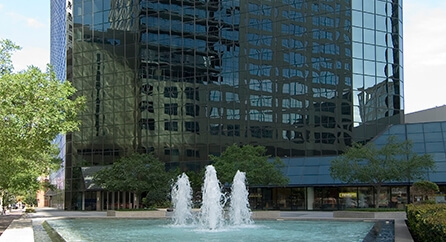
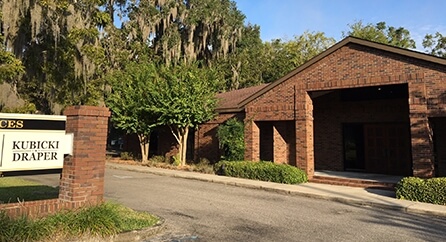

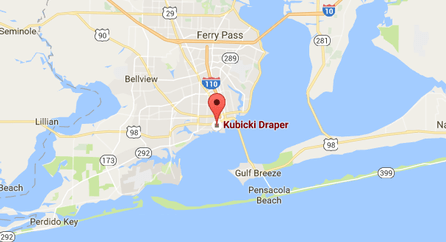
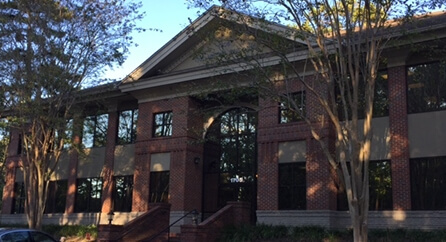
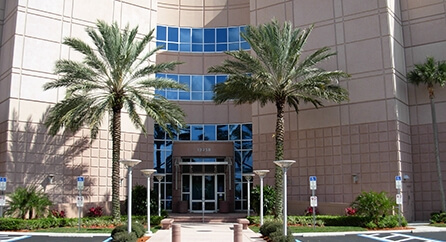
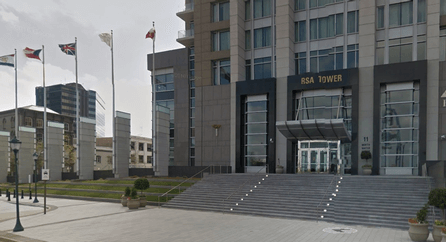
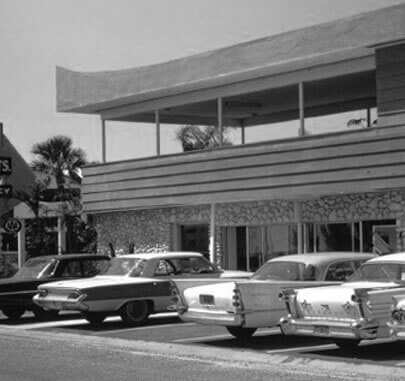



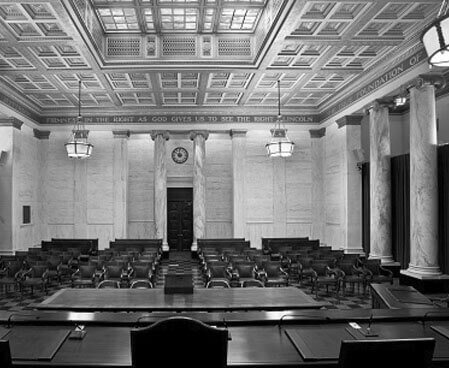

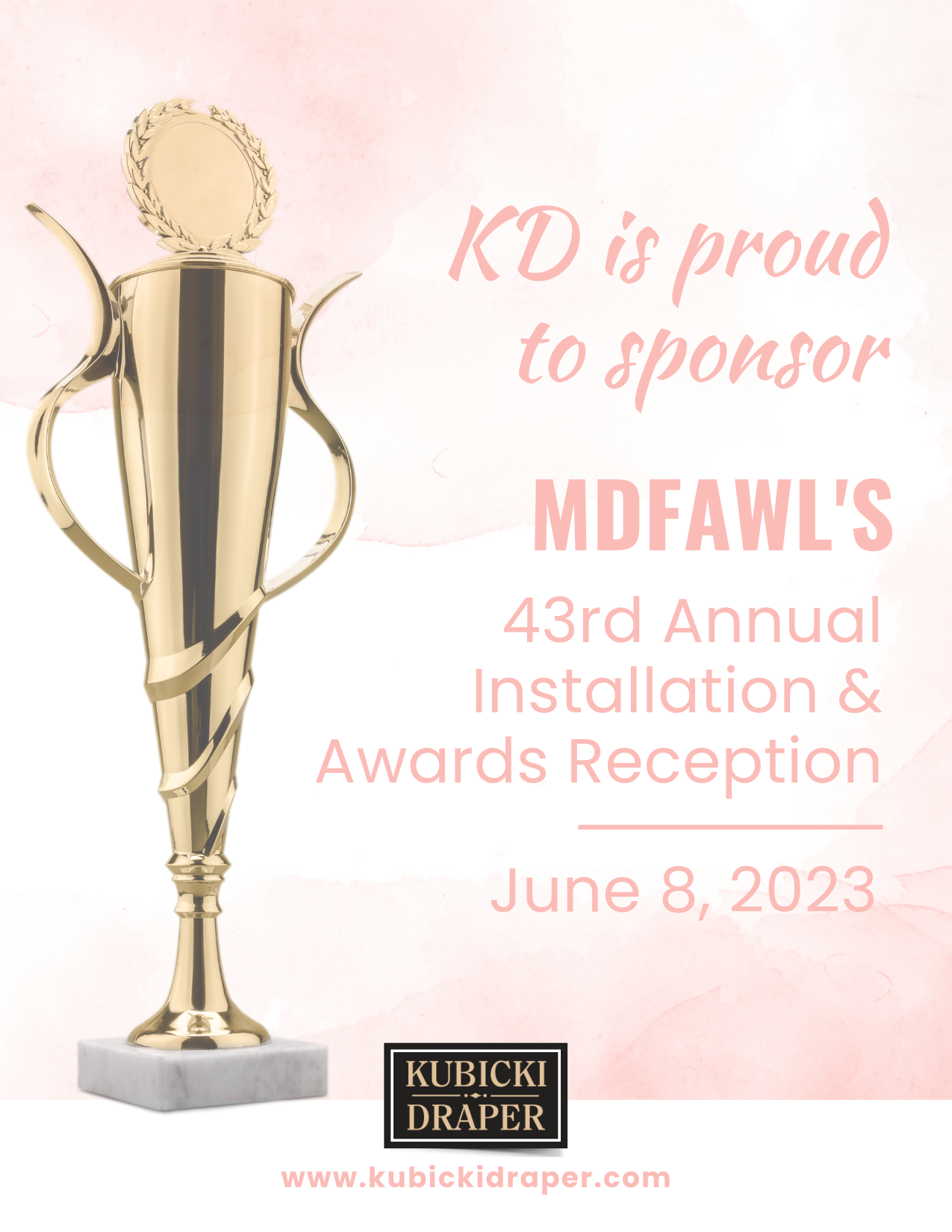
 .png)
